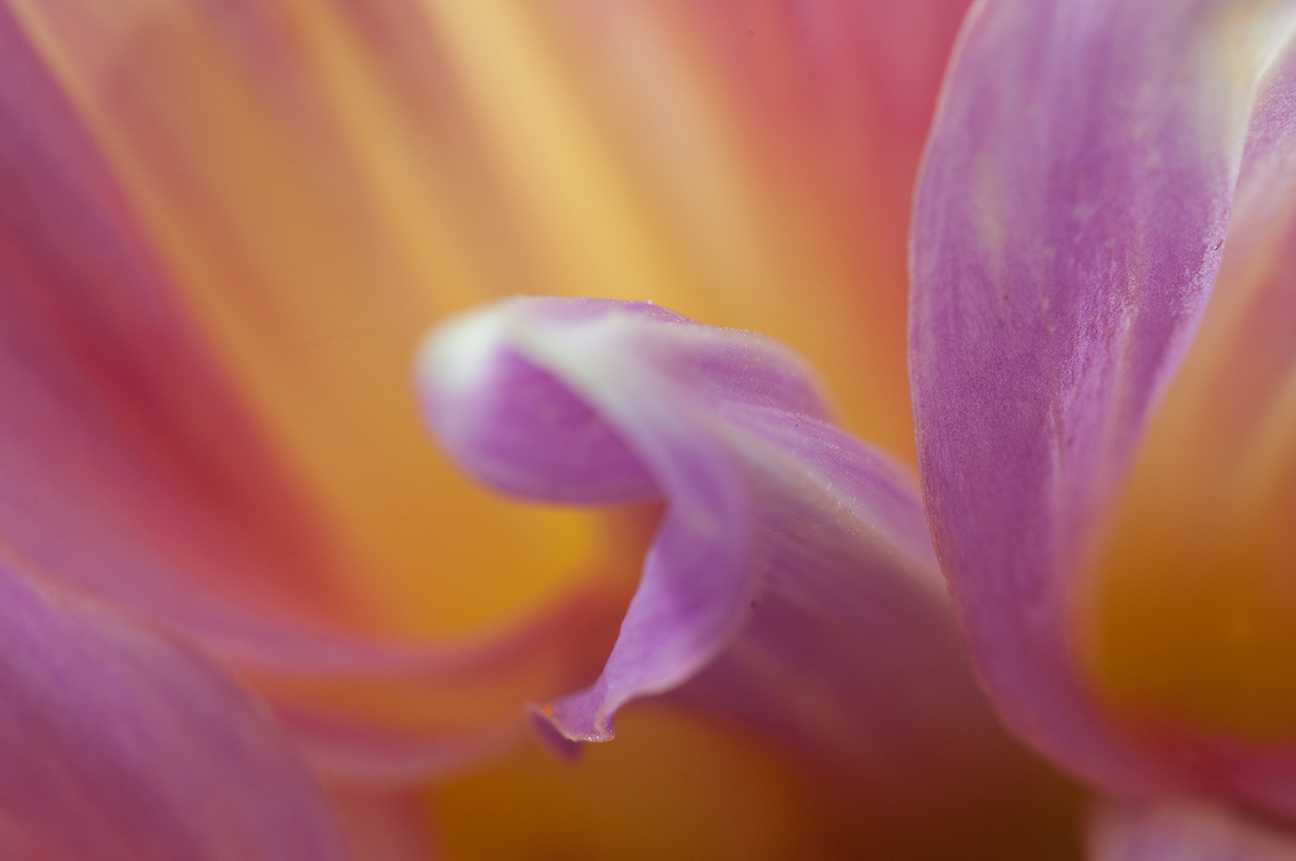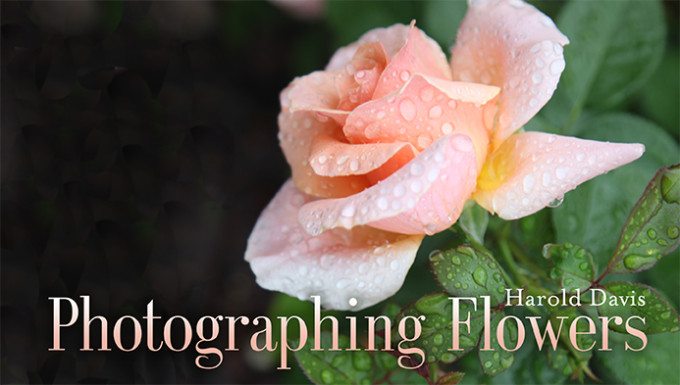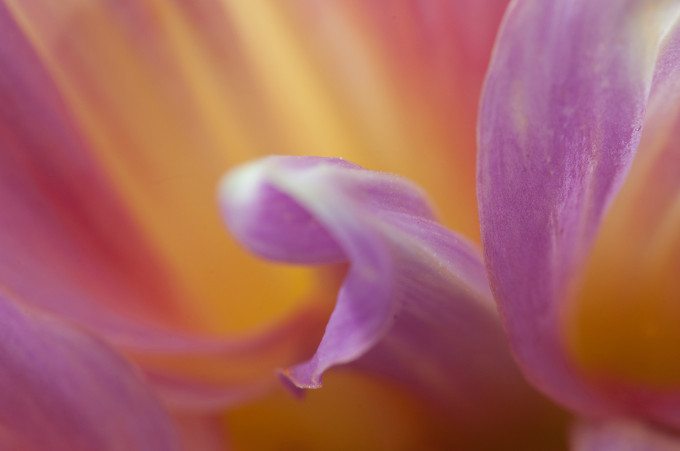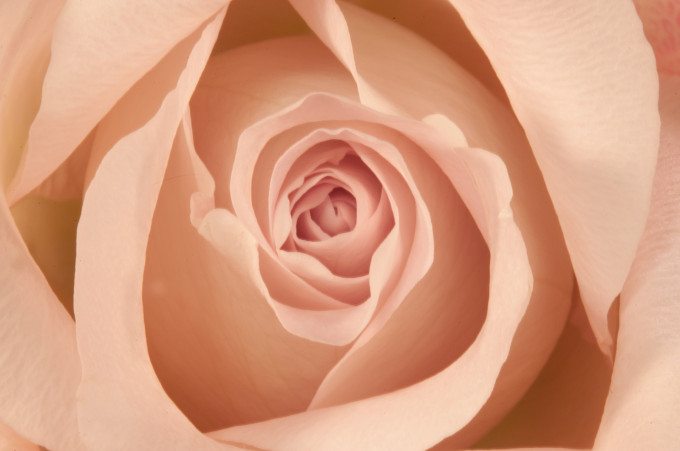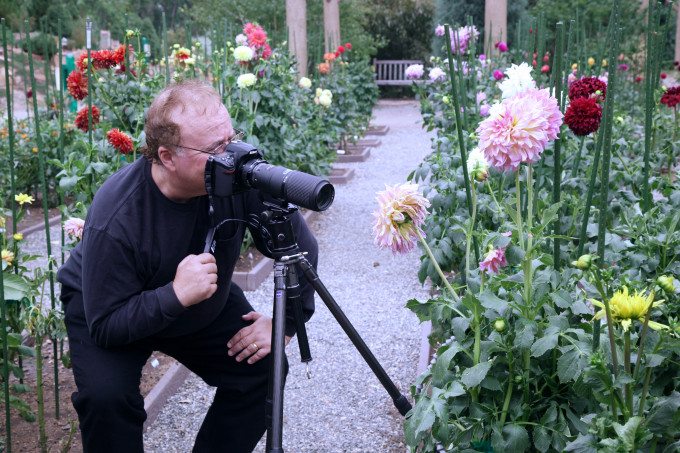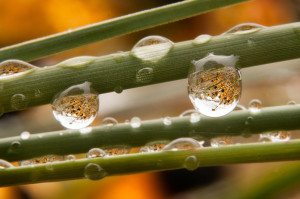Beautiful photos await you right outside your doorstep! Enjoy five tricks that will make your floral photography stand out. Then, learn even more essential exposure, focus and macro techniques for shooting captivating floral photography when you enter for your chance to win the online Craftsy class Photographing Flowers (a $59.99 value!) with macro-photography expert Harold Davis—an exclusive offer for The Phoblographer readers!
Editor’s Note: This is a sponsored post from Craftsy.
1. Use a macro lens and a shallow depth of field.
Using a macro lens will help you focus in on your flower so you can really fill the frame with it. It is very important to consider your actual point of focus, as you can dramatically change the appearance of your photo because depth of field is very limited when you’re so close to your subject. To get the most out of available depth-of-field, select a small aperture like f/16 or f/22.
2. Shoot from an unusual angle.
Move around and try multiple angles for more interesting images; for example get on your knees or lay down on your side, and tilt your camera up and down. Try photographing flowers from behind or underneath to capture a different point of view. After finding the right angle, test both horizontal and vertical shots. Play with a wide angle, back up or move in physically closer or zoom in closer.
3. Use a fast shutter speed in windy conditions.
In windy conditions you need a fast enough shutter speed to freeze motion unless you want a motion blur. The shutter speed needs to be faster as you get closer due to the ratios of movement involved, so bumping up to 1/250 of a second with an ISO that supports will help you capture crisp images of the flower.
4. Shoot RAW or make sure you have the right white balance.
It is important to understand that if you are shooting RAW files, white balance can be adjusted after the fact as part of processing the image, so white balance may not matter as much as you may think in floral photography. In the very few situations that you do need a precise and accurate white balance reading you can use the color photospectrometer built into your camera to take a white balance reading (check your camera manual to learn how to do this).
5. Don’t worry too much about covering the eyepiece when you shoot flowers outside or indoors.
The light coming in the eyepiece alters your exposure, but it depends on exposure length and conditions. For light coming in through the eyepiece to matter, you need an exposure time probably of 10 seconds or greater, and also relatively strong light from behind the camera. Also note that the biggest impact is on exposure readings, and often one’s eye blocks this naturally anyhow. So for most exposures, it’s not really worth worrying about covering the eye piece, although having a built-in cover is truly a nice feature.
Now that you have a few tricks up your sleeve, take the next step towards improving your macro photography, when you enter for your chance to win best-selling author Harold Davis’ online Craftsy class Photographing Flowers! Get lifetime access to seven easy-to-follow video lessons you can watch anytime, anywhere. Plus, you’ll even learn how to cultivate your artistic vision using selective focus, unexpected angles and depth of field to create imaginative, Impressionist-inspired shots!
Where do you tend to find the best flowers to photograph?
One winner will be randomly selected on June 9, 2014 at midnight MT. This has been a sponsored post kindly brought to us by Craftsy.


